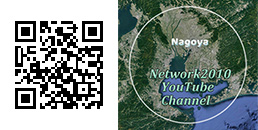【Video】The Beauty of Japanese sword
- Return to INDEX
- National Treasure Inuyama Castle
- Inuyama Festival
- Nagashino Battle Flag Festival
- Junihitoe Dressing show
- Beauty of Japanese sword
- Tokugawaen & Hosa library
- The Doll Festival of the Owari Tokugawa Family
- Osu Street Performing Festival
- Akibasan Fire Festival
Explanation
The Society for Preservation of Japanese Art Swords
Kato Hiroshi Nagoya unit manager
When the Nara period(710-794) came, the material of a sword changed to iron from bronze. The Japanese sword became the present form from the middle of the Heian period(794-1185) to the last stage. The work of this age by Yasutsuna (Houki country) or Munechika (Kyoto) is typical. The sword called "Tachi" was manufactured at these days. The samurai connected the string attached to sheath to Obi(a girdl),and carried Tachi sword. The edge was stored downward in the sheath. In general, Tachi sword was about 76-79cm in length.
Since strategy changed to group from one-to-one in the Muromachi period(1336-1573) , Katana sword came to be used. The edge of Katana sword was stored upward in sheath,and the maximum of length was about 73-76cm. If longer than this, Samurai could not extract by once. Since swordsmiths in future generations cut off the hilt of Tachi sword in order to change into into a sword, such swords are exhibited as no inscription of the swordsmith's name.
Japanese sword has the structure where hard the iron shell wraps soft the core steel. When swordsmith hardens sword,he applies clay to blade edge thinly, and applies to the other part thickly in order to increase blade edge's hardness. The characteristic of the Japanese sword which does not break but goes out well for not bending is completed. Tachi sword called Yasutsuna made in the Heian period(794-1185) last stage has the technology and beauty which are accepted by the present age. It is told that Gotoba retired emperor invited famous swordsmiths from the whole country, and made swords. I think that this period is the golden age of the making of swords.
When we assess a Japanese sword,we presume the manufacture age first, seeing the form. And we determine the author and a producing district from the composition of ground metal, and temper pattern of the sword blade.
About 20 years before,old people brought us the sword which came out from the warehouse of his house,and it was a usual state to tell us that I am troubled since the sword is dangerous. These days,the young women show interest extremely to the sword. I am very happy about this tendency.
I regard the Japanese sword as the highest work of art made from iron. In order that you may know that a Japanese sword is not dreadful, we will hold exhibitions from now on also.
-
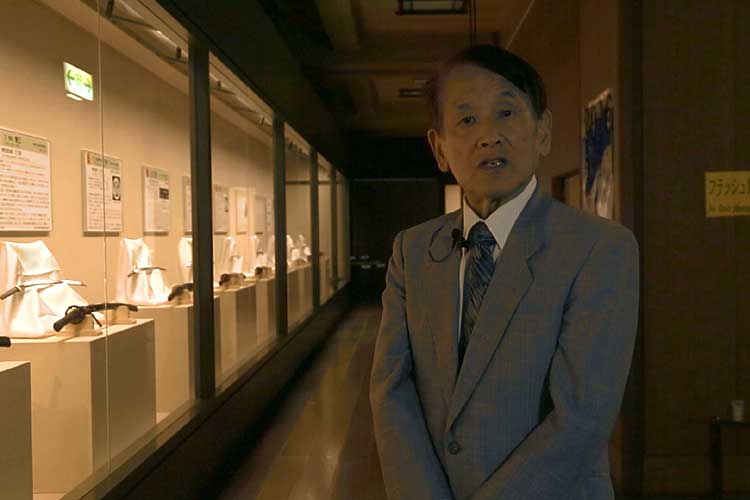
Kato Hiroshi unit manager
-
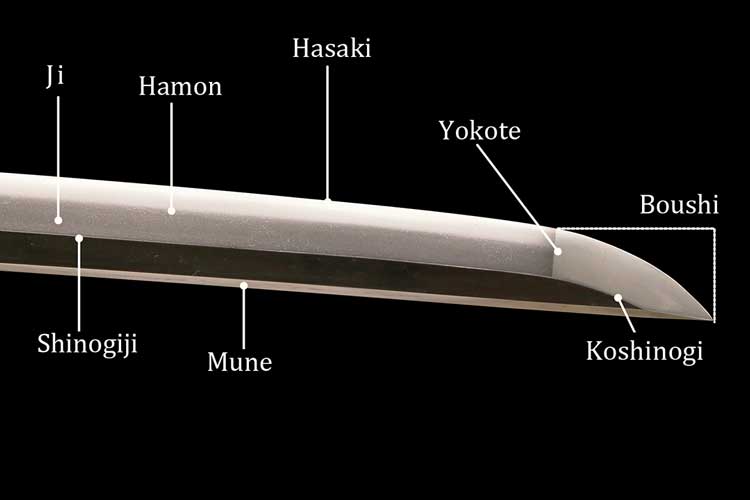
Part name
-
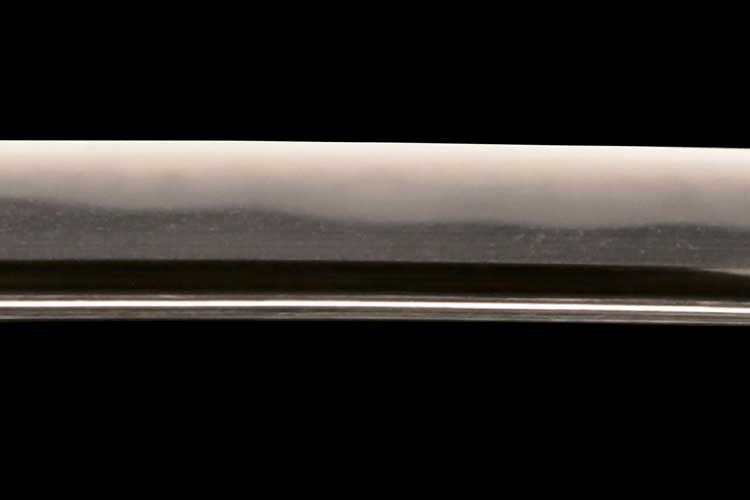
Temper pattern of a sword blade
-
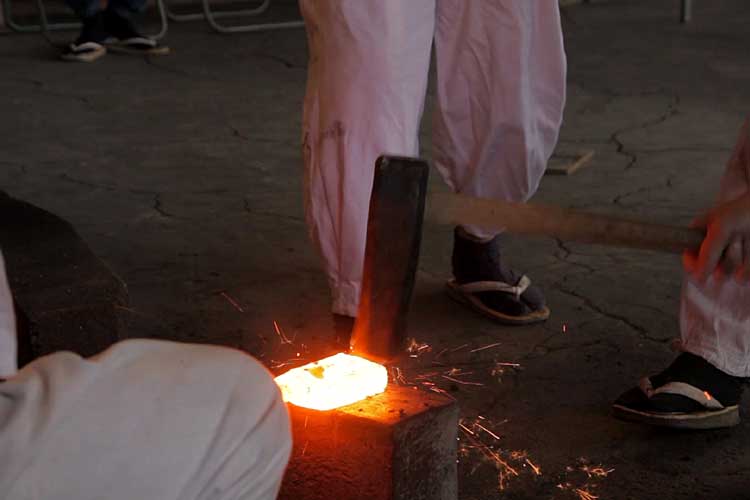
Tanren(temper)
-
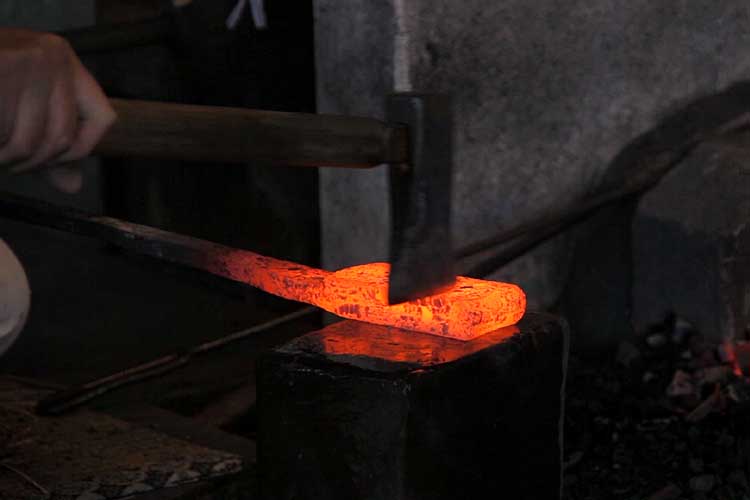
Tanren(temper)
-
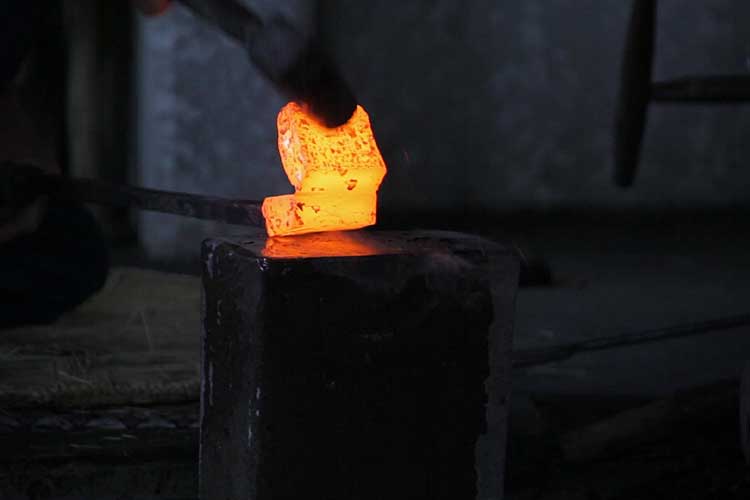
Tanren(temper)
-
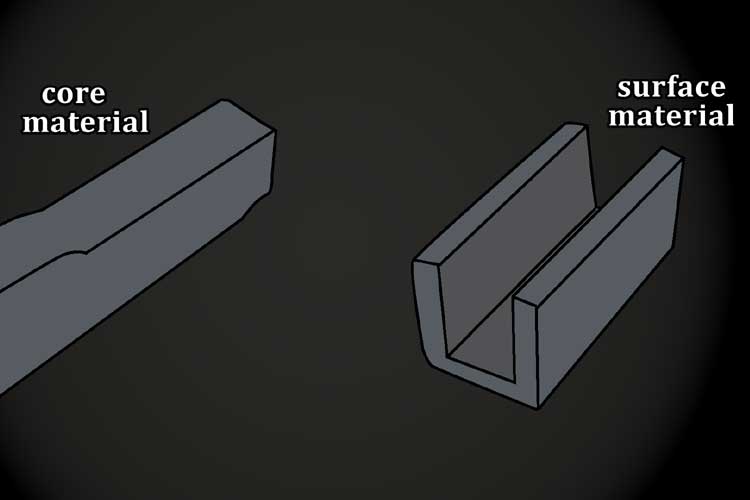
Core iron and surface iron
-
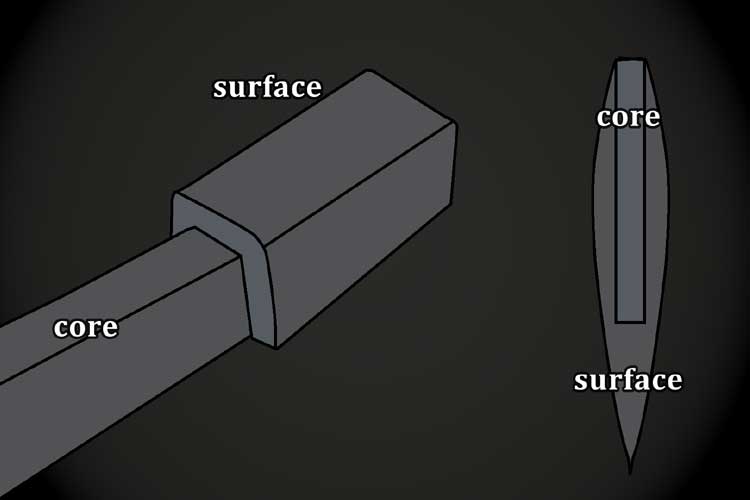
Core iron and surface iron
-
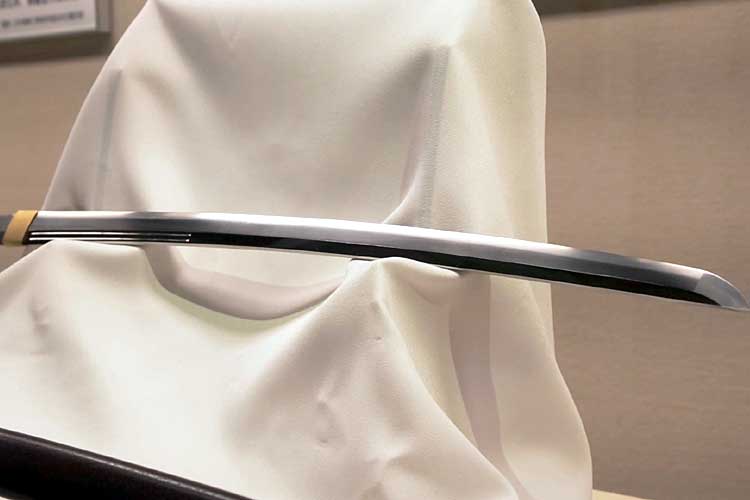
Unsigned by the artist:Yasutsuna
-
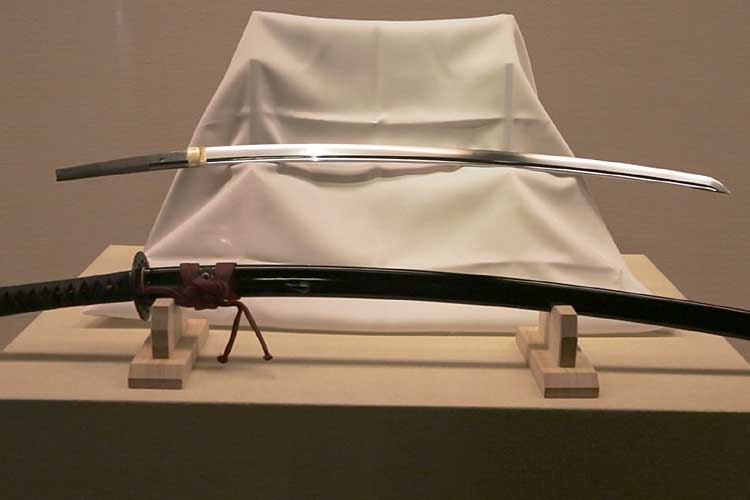
Sword/Inscription:Sukekuni
-
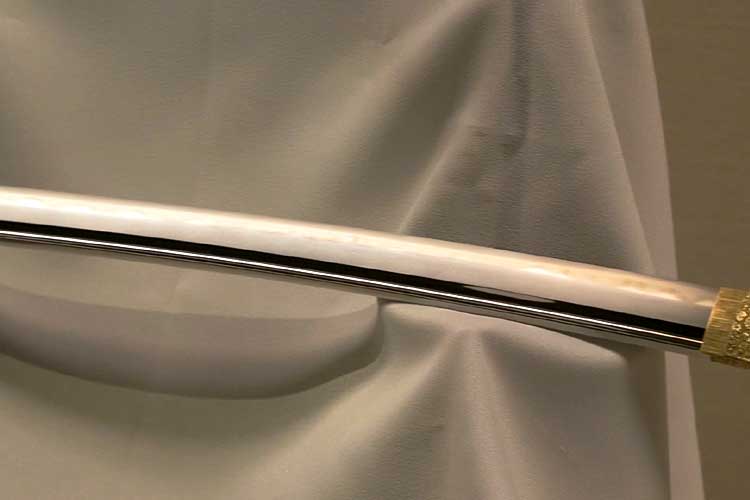
Sword/Inscription:Kanemitsu
-
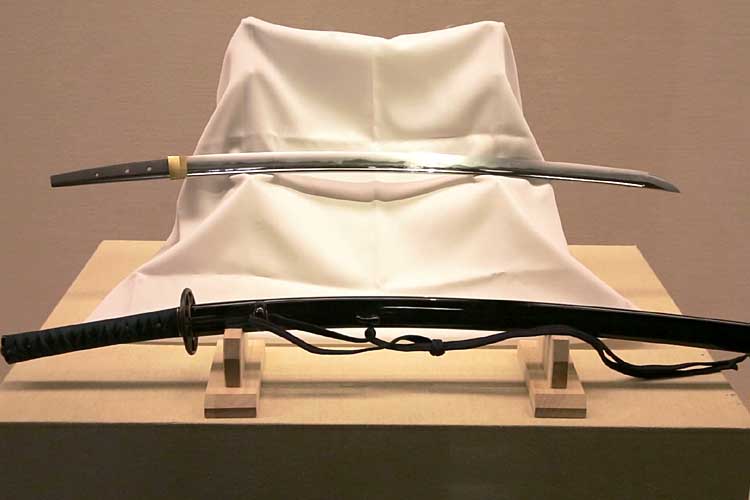
Unsigned by the artist:Sano-Kunihiro
-
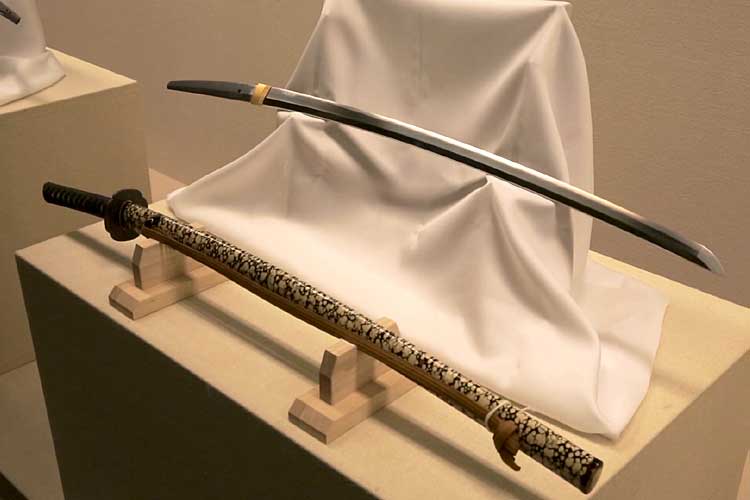
Unsigned by the artist:Aoe
-

Sword/Inscription:Masazane
-
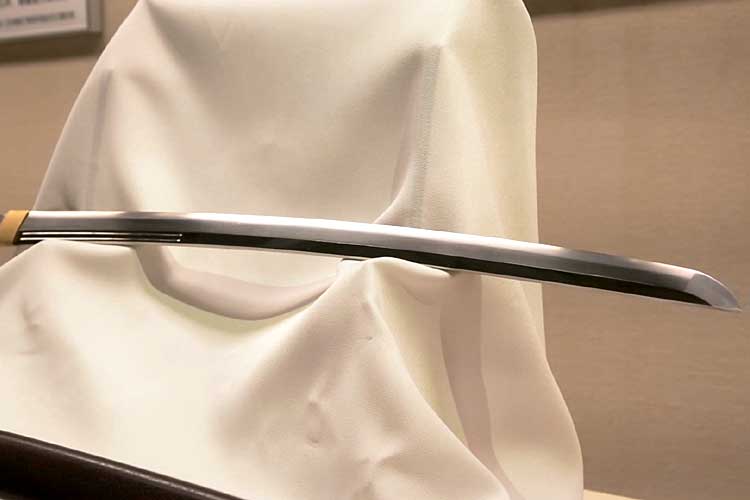
Sword/Inscription:Kunihoro
-
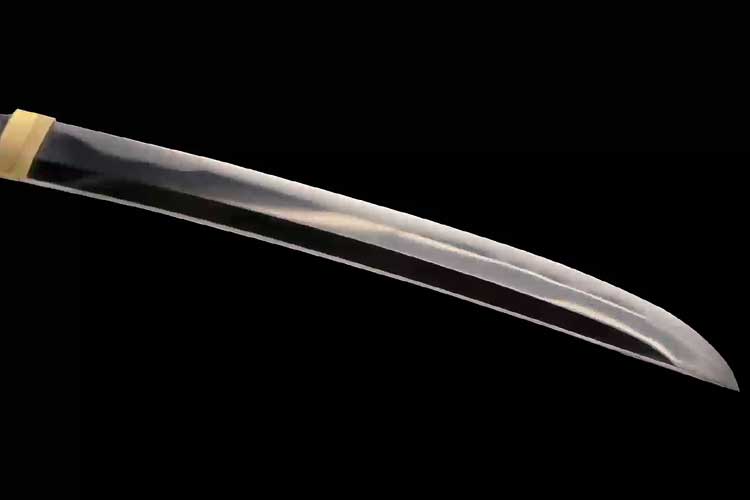
Sword/Inscription:Muramasa
-
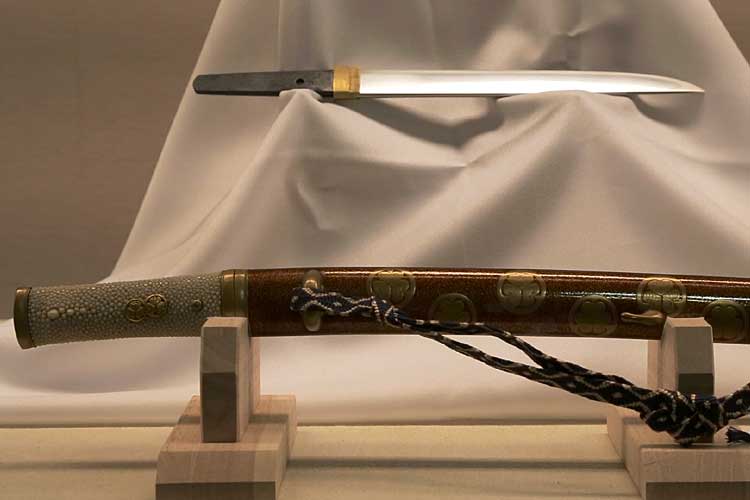
Sword/Inscription:Kanesada
-
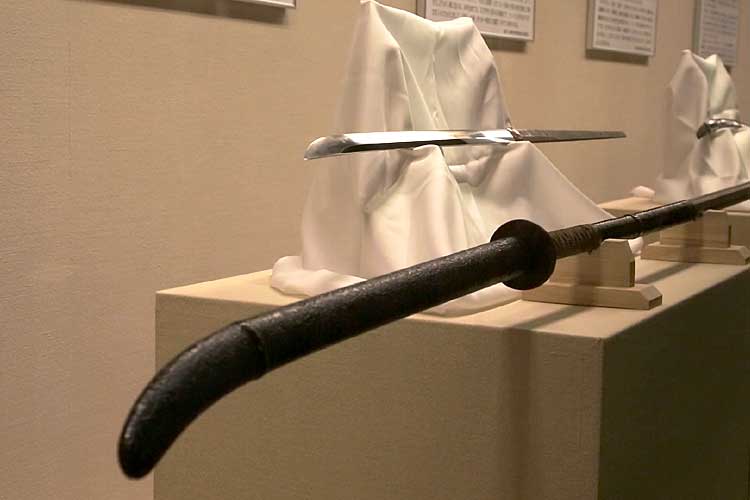
Sword/Inscription:Taike-Naotane


